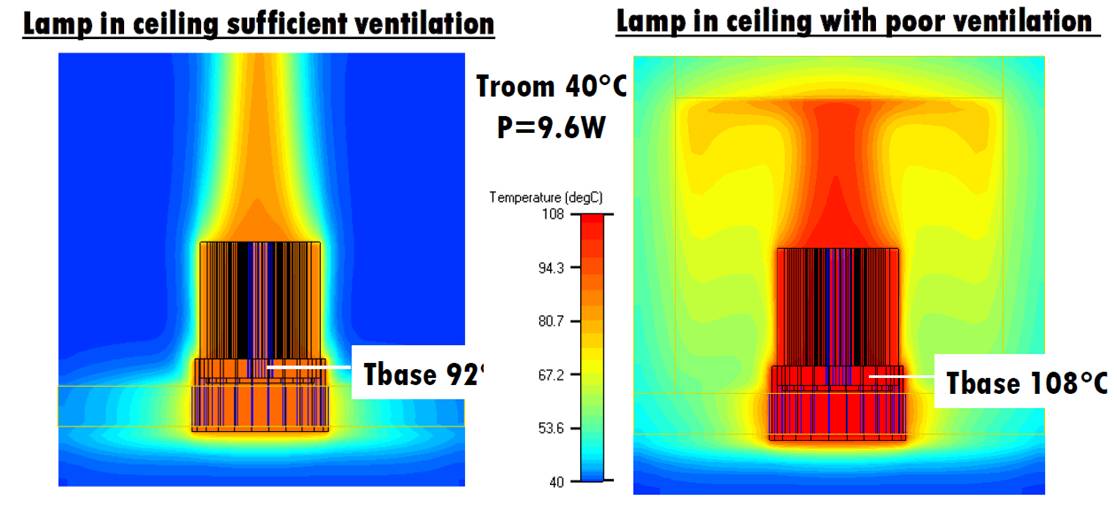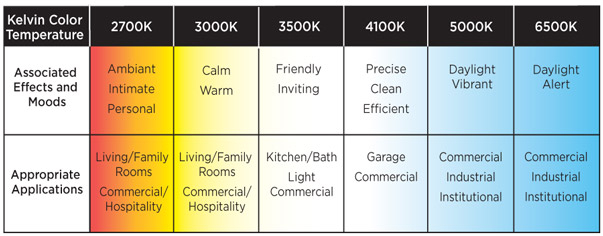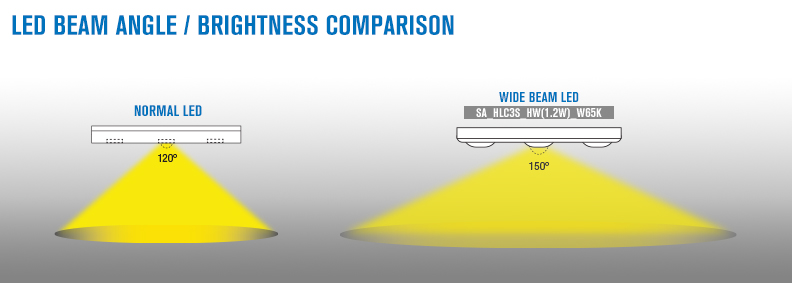Headlines
Choosing the right LED Globes
LED lights offer up to 90% energy savings compared to traditional halogen or incandescent bulbs in addition to having a vastly superior life span – LED Lamps typically last 50 to 100 times longer than incandescent filament lamps.
Furthermore, even when you compare LED bulbs with the older style Compact Fluorescent (CFL) technology there are clear benefits – as you turn on the light switch, an LED light will instantly offer full illumination whereas the CFL would still be warming up. LED lighting is also available in a range of different colour temperatures and quality of light (known as colour rendering).
Most people accept that LED lighting provides a huge number of benefits compared to traditional fluorescent and incandescent lighting, however most consumers don’t understand that LED lights vary massively in quality.
So how do you tell a quality LED lamp from the rest?
1. Heat Dissipation
A common misconception is that LED bulbs don’t get hot, however this just isn’t the case - they don’t get nearly as hot as incandescent bulbs but since power goes into the LEDs, they do produce heat and this must be drawn away from the LEDs.
A good LED lamp will have an effective thermal management heatsink which increase the lifespan and effectiveness of your LED investment.

There are various designs for heat sinks – many are an array of metal fins designed to increase the surface area of the thermally conductive material. Better LEDs will have aluminium or ceramic heat sinks which perform more efficiently at heat dissipation than steel or other metals.
The ceramic fins in many cases are more effective than any metal heat sink, since they possess lots of tiny pores, which provide an even greater surface area to dissipate the heat when compared to metals. Ceramic heat sinks have a very low thermal capacity, but need the highest surface area to maximise heat loss into the surrounding environment.
So in our experience, better LED bulbs will utilise ceramics or aluminium but this alone does not make them a market leader!
2. Chip Set
Second of all, the chipset used to produce the light from the LED is very important.
Better bulbs will use chips from better manufacturers, which generate light more efficiently with less heat – as with many other things you do get what you pay for with LED lighting and the cheapest option is not always the best.
3. Colour Temperature
LED lights are available in many different colours – also known as the colour temperature of the bulb which varies from approximately 2000K to 6000K. Incandescent and halogen bulbs give out a warm light around the 3000K mark or a light with a lower colour temperature which is great for residential and
domestic purposes. On the contrary, office and commercial spaces will generally use a higher colour temperature or a ‘whiter’ light which is marginally brighter and better for working conditions.

In any case, colour temperatures across the spectrum are available with LED lighting – make sure you choose the colour that suits your application best.
4. Lumens
As you might expect, LED bulbs vary in brightness. A higher wattage doesn’t always mean higher light outputs as it used to be with halogen and incandescent lighting, rather to correctly measure light output you need to think in Lumens.
Make sure you look at the lumen output when selecting your next LED lamp and choose the brightness that suits your application best.
As a general rule of thumb, it’s always better to overestimate the light you will need and use a dimmer to bring it back down, if required.
5. Colour Rendering
A colour rendering index (CRI) is a quantitative measure of the ability of a light source to reveal the colours of various objects faithfully in comparison with an ideal or natural light source. That might sound a bit complicated, but essentially the higher the colour rendering index the closer to daylight the bulb is (daylight portrays objects perfectly – it has a CRI of 100%).
For high use areas, you want to go for an LED bulb with a CRI of 80+. The higher the CRI of the bulb, normally the more expensive it will be to buy, but if you are into painting, for example, you will want to pay more to ensure the bulb has a CRI of 90+ to ensure you are getting a more accurate view of what you are painting.
6. Beam Angle
 The last thing you should consider when buying LED bulbs is the beam angle and it’s more important than you might think.
The last thing you should consider when buying LED bulbs is the beam angle and it’s more important than you might think.
If you have a low ceiling or need an even spread of light across the room, it is really important to look for a wide beam angle >100° to give a good even spread of light throughout the room. If you have high ceilings or need to focus light over a particular area, you should go for a lower beam angle.
7. Quality is Key
With LED lighting, as with many products, quality is absolutely key. Whilst you may be able to find an LED on the market for a cheap price, chances are that it will produce poor light and pack up within 12 months. We recommend spending a little more on a quality bulb and getting one that will last for years, give off a quality light and save you money.
